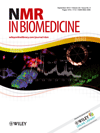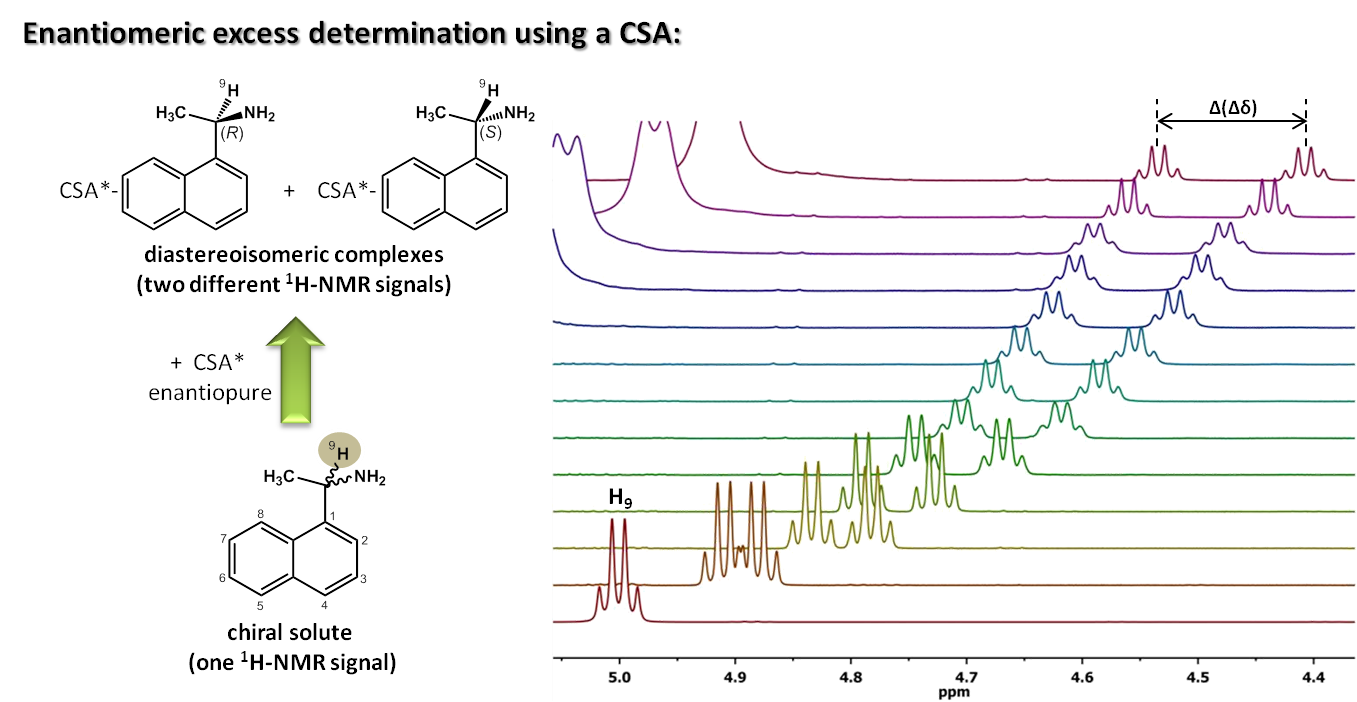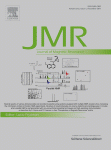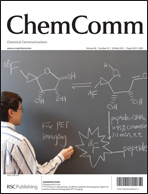 “Influence of the spinning rate in the HR-MAS pattern of mobile lipids in C6 glioma cells and in artificial oil bodies” Juana Martín-Sitjar, Teresa Delgado-Goñi, Miquel E. Cabañas, Jason Tzen, Carles Arús; Magnetic Resonance Materials in Physics, Biology and Medicine, 2012, 25(6):487-496. DOI: 10.1007/s10334-012-0327-6
“Influence of the spinning rate in the HR-MAS pattern of mobile lipids in C6 glioma cells and in artificial oil bodies” Juana Martín-Sitjar, Teresa Delgado-Goñi, Miquel E. Cabañas, Jason Tzen, Carles Arús; Magnetic Resonance Materials in Physics, Biology and Medicine, 2012, 25(6):487-496. DOI: 10.1007/s10334-012-0327-6
Object: To evaluate how spinning rate affects mobile lipid (ML) resonances visibility in HR-MAS spectra of C6 glioma cells and artificial oil bodies (AOB), as models of cytosolic lipid droplets. Materials and methods: Using C6 cells and AOB of two different sizes, 780 ± 580 and 240 ± 293 nm, as models, we acquired HR-MAS pulse and acquire spectra at different spinning rates between 500 and 15,000 Hz, all at 37 °C. Continue reading How does HR-MAS spin rate affect the spectral pattern of mobile lipids?







